Search Images
Browse Content (p. 1138)
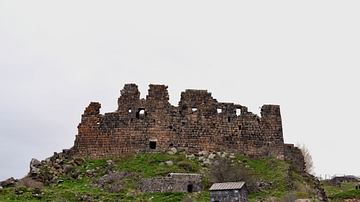
Image
View of the Armenian Fortress Amberd
Before Amberd Fortress was constructed in the 7th century CE, Stone Age peoples, the Urartians, and even the Romans used and understood the location's strategic advantages, lying at the intersection of the Amberd River and the Arkashen River...
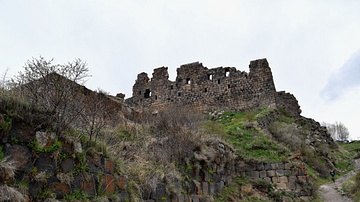
Image
Ruins of Amberd Fortress in Armenia
These are the ruins of Amberd Fortress in Aragatsotn Province in what's present-day Armenia. The fortress was founded in the 7th century CE, while Armenia was ruled by the Kamsarakan princes. The Pahlavuni, Zakaryan, Vachutyan noble families...
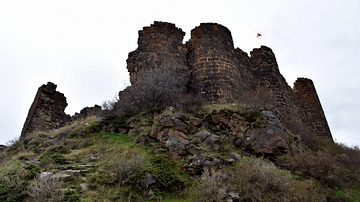
Image
Amberd Fortress
The Amberd Fortress dates from the 7th century CE, and it is located on the slopes of Mount Aragats at an altitude of 2300 m (7546 ft)in the province of Aragatsotn, Armenia. Its name translates as "fortress in the clouds" in Armenian.
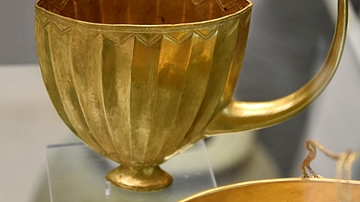
Image
Gold Spouted Cup from Ur
Gold vessel with a long spout that would probably have been used as a drinking straw, from the Royal Cemetery at Ur, Southern Mesopotamia, modern-day Iraq, Early Dynastic Period, c. 2600 BCE.
The British Museum, London.
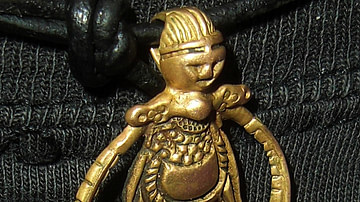
Image
Freyja Amulet
Amulet of the Norse goddess Freyja. It is a copy of a find of a Viking period silver amulet from Aska in Hagebyhöga parish, Aska hundred, Vadstena municipality, Östergötland, Sweden.
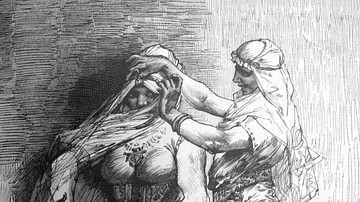
Image
Thor Disguised as Freyja
Depiction connected with Norse mythology based on the Old Norse Þrymskviða poem in which Thor dresses up as Freyja to travel to giantland - the giant Thrym has stolen his hammer and demands Freyja as condition for its return. Freyja refuses...
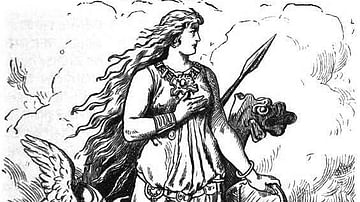
Image
Freyja With Carriage
Depiction by Johannes Gehrts of the Norse goddess Freyja, here seen with her cat-drawn carriage and wearing the necklace Brísingamen.

Image
Freyja
Norse goddess Freyja putting on her necklace Brísingamen, painting by James Doyle Penrose (1862-1932).
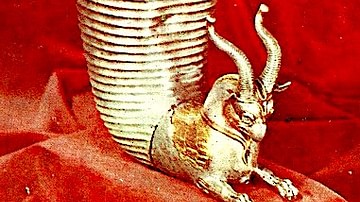
Image
Silver Orontid Rhyton
A silver rhyton from Yerznka, ancient Armenia, 5th century BCE when it was ruled by the Orontid dynasty.
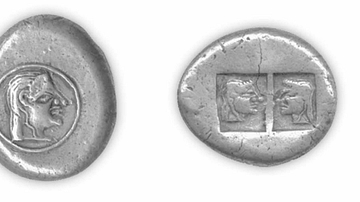
Image
Colchian II Type Silver Didrachm
Silver. Weight: e.g. 9,6 gr., 9,9 gr., 10,4 gr. – Persian stater;
e.g. 8,7 gr., 9,2 gr., – Attic didrachm.
d≈18/20-21/23 mm.
Obverse: Archaic female head to the right within the linear circle (the same as on the II type hemidrachm).
...